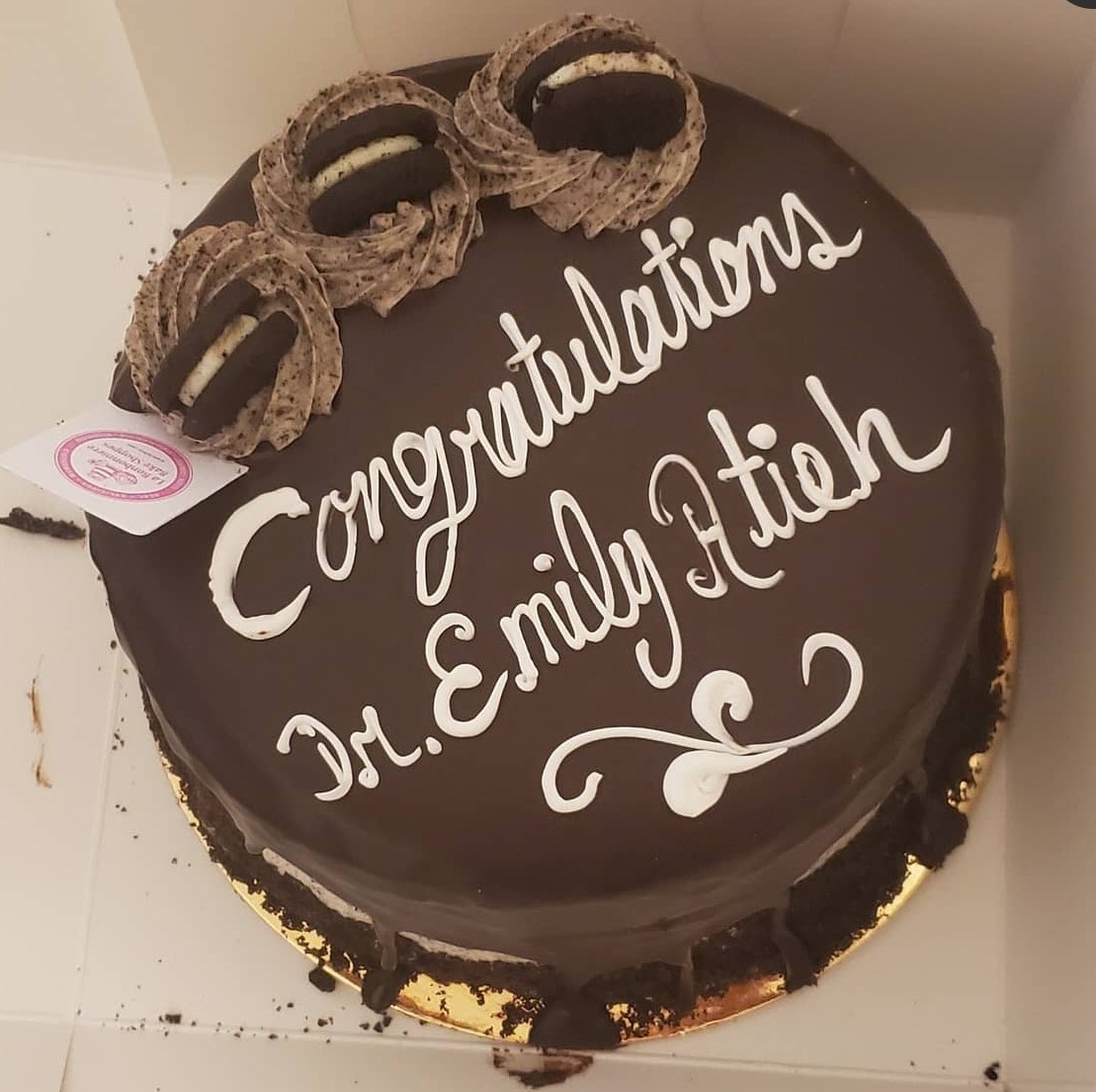| Emily L. Atieh |

Emily Atieh has successfully defended her thesis in the first ever virtual thesis defense by the York Group (thanks Covid 19!). She gave her public defense to an audience of over 30 people from around the state (and country). Emily's chemistry education research, aside from producing many publications, has also resulted in the development of the Chem-TI Program that provides undergraduates with experience in helping students in General Chemistry, which Emily developed, taught and oversaw throughout her PhD. Emily will be continuing her research efforts as a postdoctoral researcher with Marilyne Stains in The University of Virginia, while being terribly missed by the members of the York Group.

The abstract for Emily's dissertation can be found below:
At the university level, peer instruction has been widely implemented as a means to offer additional resources through mentorship and academic support for courses with high enrollments and/or high levels of attrition. Peer instructors are students themselves who have typically demonstrated a proficiency in the course for which they serve. In the present work, the peer instructors are a part of the Teaching Internship, a credit-bearing program that includes both a training component and a teaching component. Specifically, Teaching Interns, or TIs, receive training in pedagogy and best practices while providing assistance to students in General Chemistry, an introductorylevel science course with notoriously high rates of attrition. While the majority of prior research in this area has examined the benefits to the students on the receiving end of peer learning, the work presented in this dissertation places the spotlight back on the peer instructors themselves. Various frameworks, methodologies, and types of data collection are explored and utilized in order to examine the research questions from multiple angles. Chapter 2 provides the context in which these studies took place and outlines the development of the Teaching Internship and the closely-related Certificate in Chemistry Education program. Chapters 3 and 4 present findings from two separate studies on the TIs following a mixed-methods and qualitative approach, respectively. iii The results from these chapters demonstrated positive changes in TIs’ chemistry content knowledge, learning beliefs, and verbal behaviors, stemming from their participation in the TI program. To add further context, a quantitative approach used in Chapter 5 provided validation for the use of an instrument to quickly and accurately measure deep and surface learning approaches in General Chemistry students. While the findings of this study can be used to inform the instructional practices within the General Chemistry courses themselves, these results may also provide insight as to how the TIs can encourage deeper learning approaches while working with their students. The final chapter in this compilation includes the published work from a cognate project which illustrates the network of the various components of online learning and how this network was implemented in the General Chemistry courses to enable learning through peer-to-peer interactions.
